Free April Desktop Calendar
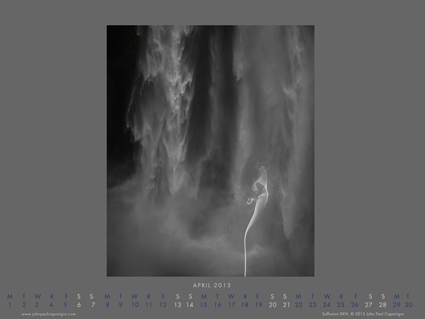
My free April desktop calendar features an image in my series Suffusion from Iceland.
Download it here now.
Find out about upcoming events here.

My free April desktop calendar features an image in my series Suffusion from Iceland.
Download it here now.
Find out about upcoming events here.
The science behind the breathtakingly beautiful phenomenon of the nocturnal light shows called auroras is fascinating.
The layers of the sun’s atmosphere (photosphere, chromosphere, corona) become increasingly cooler, moving away from its core at15 million degrees Celsius to its surface at 6,000 degrees Celsius. Sunspots, visibly dark areas within the sun, or areas of significantly lower temperature, 4000 degrees Celsius, occur continuously, ebbing and peaking in frequency in 11 year cycles. High sunspot counts correlate with high levels of solar activity. Unlike the bright loops of energy that can be seen on the sun’s surface as particles flow along lines within the sun’s magnetosphere, the darker areas or coronal holes exist where magnetic lines have only one anchor point in the sun’s magnetosphere, allowing plasma to escape.
This plasma carries part of the sun’s magnetic field with it; the interplanetary magnetic field or IMF. The density of the solar wind decreases with distance but its sphere of influence, the heliosphere, reaches past our solar system’s outer planets. The sun’s rotation causes this field to radiate in a spiral structure.
The speed of the solar wind averages 450 km/s but often varies significantly from 300 km/s to 1000 km/s. Large variances in the solar wind’s velocity, density, and magnetic can cause significant terrestrial disturbances.
The solar wind constantly distorts the earth’s magnetic field (caused by the rotating metallic fluids of its core) compressing it on the light side, into a half sphere, and elongating it on the dark side, in a tube, similar to the shape of a comet’s tail. As the supersonic solar wind approaches the obstacle of the earth’s magnetic field a shock front is formed; as the solar wind is directed around the earth, smaller magnetic waves occur between the earth and the sun slowing and changing the course of the streaming plasma.
Surrounding the axis of the magnetic field, offset 11 degrees from the geophysical axis, are weaker areas that give energy rich solar particles little resistance. The charged solar particles that do make it into the upper atmosphere (ionosphere) excite electrons causing them to jump to higher orbits temporarily before they return to their original orbits by giving off auroral radiation and producing visible light in the process.
Auroras (borealis in the north and australis in the south) are produced by the solar wind, fast-moving charged particles that escape the sun’s gravity, exciting gases in the earth’s upper atmosphere.
The color of auroral emissions is determined by the gases excited, primarily oxygen and nitrogen. Altitude also influences color; red is found above 200 km, yellow and green between 180 – 110 km, and blue and violet below that. These altitudes vary between dayside and nightside aurora; at night blue and green altitudes drop increasing in intensity, while red rises decreasing intensity.
Auroras appear most consistently, almost continuously, and intensely in an oval band that rings the magnetic poles; in the north 67 degrees magnetic latitude at magnetic noon and 76 degrees magnetic latitude at magnetic midnight. Additionally a thinner weaker band of increased occurrence bisects this oval along a straight line between the sun and the earth.
Auroras occur by night and by day. The difference between night and day auroras is the number of particles (greater in the day), the amount of energy the particles carry (less by day), and the dominant color (green by night, red by day). Dayside aurora only occur inside the auroral oval at high polar latitudes and are only visible when it is dark during the day.
Auroras are extremely dynamic. Their zone of maximum occurrence can change by several hundred kilometers in minutes. And they can vary in orders of magnitude within seconds.
It’s small wonder that these fantastic colored lights that dance in mesmerizing patterns filling the heavens above have held a never-ending fascination for those who are lucky enough to witness them, whether first or second hand. They’re divine.
Learn more about night photography in my digital photography workshops.
Find out about my Iceland Auroras workshop here.
How do aurora work? Find out in this informative video.
Learn more in my Iceland Aurora digital photography workshop.
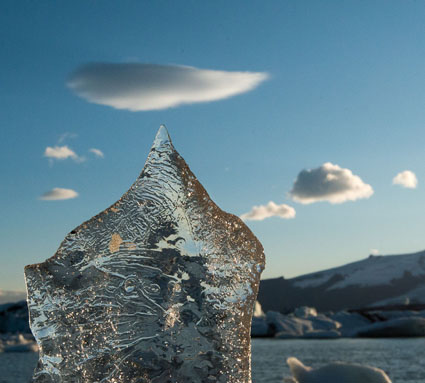
Here are a few more alumni images from Digital Photo Destinations / Focus On Nature’s 2012 Iceland Adventure.
Seth Resnick and I had a great time with a great group of people in Iceland last week. We visited old favorites (Seljalandsfoss, Skogafoss, Jokulsarlon, Rekjanes) and some new favorites (Snaefellsnes, Landmanalaugar). 4-Wheel drives to the highlands, Zodiac cruises, and glacier walks took it up a notch. Every one of us learned a lot and improved our photography.
We’re now planning a northern lights, super-jeep, and ice cave adventure.
Be the first to hear about our March 2013 Iceland workshop.
Email jpc@digitalphotodestinations.com.
Yves Perrault
Charlotte Bailey Rush
Duane Miller
David Cho Yee Young
Graham Smith
Richard Moreau
Olaf Willoughby
Carla DeDominicis
Michael McGinnis
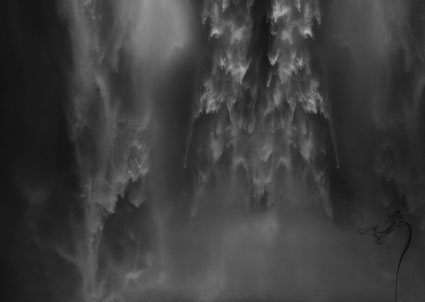
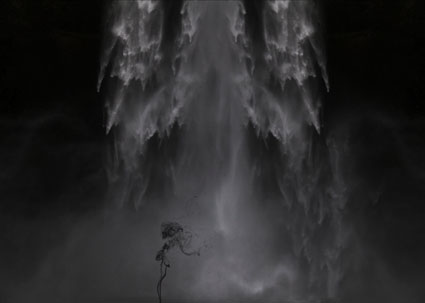
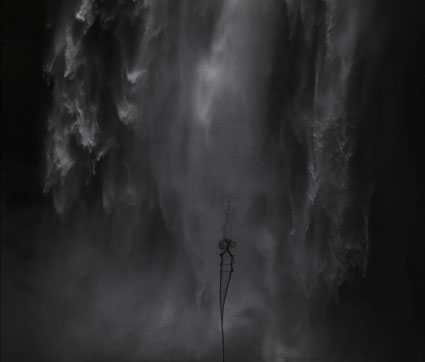
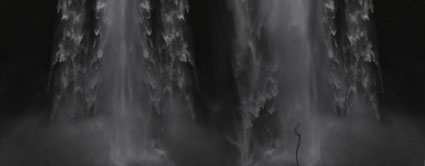
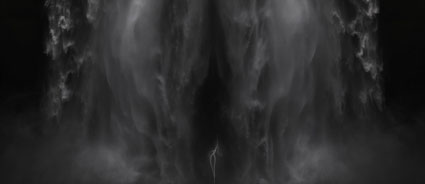
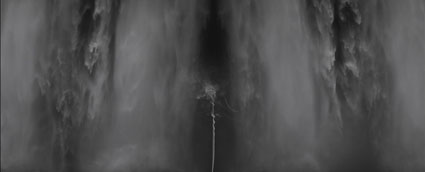
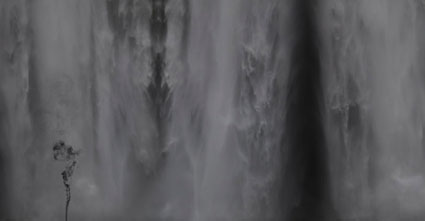
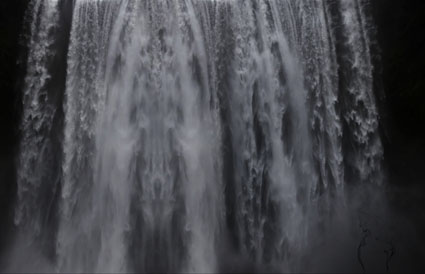
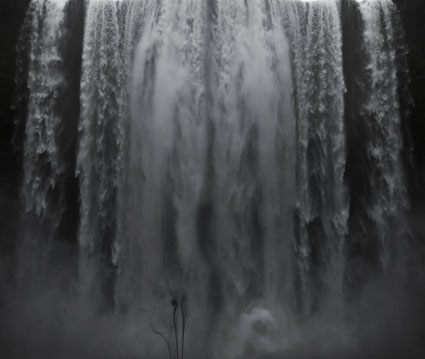
These images came together quickly – after a lot of gestation. I sketched the idea several years ago during a workshop with Focus On Nature. I made the shots last summer, scouting for another workshop with Ragnar th Sigurdsson and Arthur Meyerson. The first time I visited this location, (Skogafoss, Iceland) I took a few shots in less than half an hour, looking for major compositional variations. After looked at those shots and identified this idea, I shot very differently the next time, standing still for the better part of an hour and watching the water for significant variations within just a few compositions.
I wasn’t certain, but I suspected I’d want to add an accent to the abstract composition, deciding on smoke during processing. While I processed the files, I also sketched out a number of significant variations to test location of symmetry/assymetry, positive/negative space, light/dark, and location/angle/value of smoke. Doing this revealed more options than I had initially pre-visualized. And that means there are more related images to make. It also clarified a few outstanding ideas and connections to other images, some made and some still in development. That means I have some ideas about how they’ll can be integrated into existing projects and new things that will come out of them. I find the seeds of future work are usually planted in current work and if tended will yield more fruit.
I think about and plan series of images, often for quite some time before and over an extended period of time during their development. While I’m focussed, I look for surprises and modify my plans based on the new insights they introduce at every creative stage – planning, exposure, development, reflection, redevelopment, metamorphosis.
Find more images here.
Find out about my Iceland workshops here.
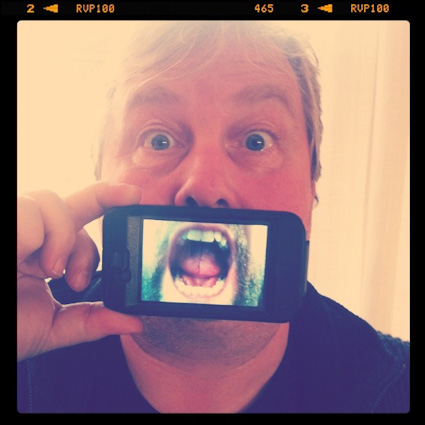
While guiding me on my Iceland photography workshop, Ragnar Th Sigurdsson rediscovered iPhone photography. He got obsessed with the App Hipstamatic, which produces photographs with terrific lo-mo effects. He started seeing differently. In addition to making many images with higher end photography equipment, he produced over 1000 new iPhone images in a few days.
We discussed the differences. Here are some of our thoughts.
The iPhone is smaller than most cameras. This makes it easier to position it in places you couldn’t place a DSLR. (Plus, the iPhone’s depth of field is very large and it can be focussed at very close range.)The iPhone’s small scale also changes interpersonal dynamics between the photographer and human subjects; people feel more at ease with what’s perceived as a more casual act, you can make contact with both eyes, and allowing the subject to see the picture while it’s being made (instead of after) provides a dynamic feedback loop of action and reaction or pose and repose.
The iPhone’s screen offers a large sharp preview and allows simultaneous comparison between an unaided view and the view as rendered by the device, in low light. In bright light, it’s often difficult to see image details on screen, producing a change in perception; broad structural relationships are seen without embellishment. (Low fidelity or distressed images emphasize this quality. When done well, they become perfectly imperfect. And the novel look generated elicits viewer responses which are markedly different than high fidelity renderings.)
Results are almost instantaneous. Images are processed in seconds or minutes, often on the spot, allowing a direct comparison and contrast between the scene and the image produced.
The practice of cell phone photography is significantly different enough that it encourages a great deal of experimentation. I recommend it to anyone who’s passionate about photography.
Cell phone photographs and the process of making them can be delightfully spontaneous.
Here’s a selection of Ragnar th Sigurdsson’s iPhone photographs made with the App Hipstamatic.
Find out about my 2012 Iceland digital photography workshop here.
Read More
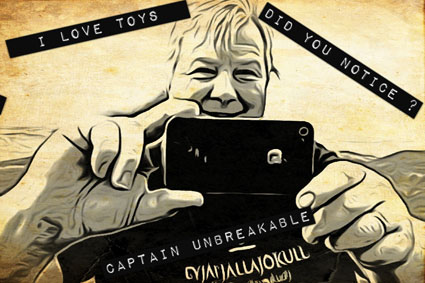
We have a lot of fun in my workshops. Often, we use our iPhones to stimulate creativity. We try all sorts of creative experiments. This trip, one of the experiments I tried was creating cartoons of participants as superheroes or supervillains. It all started when our guide Ragnar Th. Sigurdsson put a luggage label on his chest with a fragile icon. I made a not sign on it with a Sharpee pen and he became Captain Unbreakable. Then I made an ironic cartoon of him with my iPhone. (Apps used are Toon Paint, Pic Grunger, and Label Box.) Everyone was laughing. Everyone wanted to play. We laughed our way through Iceland.
Because we were playing this game, we thought frequently about what text could/would accompany our images – titles, captions, essays and more. Frequently, a little levity can lead to useful creative insights.
Here are some of the images from these ongoing hijinks.
Find out about my 2012 Iceland digital photography workshop here.
Read More
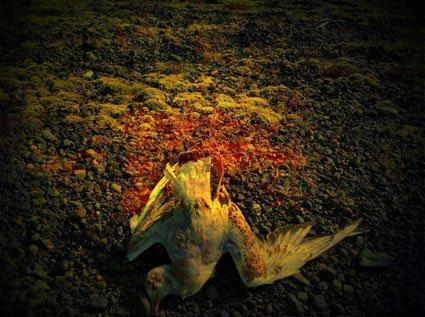
Frequently, old ideas and feelings surface in the midst of our creative process. Tracking our own fixations and chains of association can be both revealing and rewarding.
The paintings of Morris Graves made a big impression on me at an early age. Ever since, I been interested in photographs of dead animals, particularly birds. I even made some of my own.
I stumbled into this territory, once again, by chance, while photographing on the side of the road in Iceland. I quickly made this sketch with my iPhone. I knew what was happening while I was doing it, because I’d already done a lot of observation of my creative process and soul searching. I recommend you do the same for yourself. You’ll be richly rewarded with highly personal insights.
Find out about my 2012 Iceland digital photography workshop here.
Read More
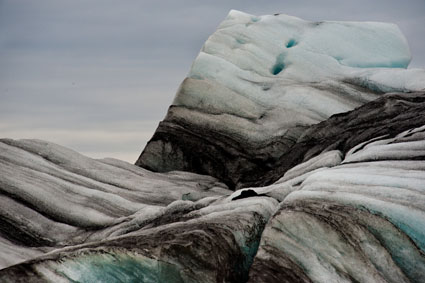
We do lightning fast reviews of participant’s images in my digital photography workshops. We discuss what works and why and what doesn’t and why not. It’s wonderful to see how different the images are, made by individuals in the same situations using the same tools. A lot of learning happens by simply sharing images and spontaneous responses to them.
Here’s a sampling from participants in my 2011 Iceland workshop.
Find out about my 2012 Iceland digital photography workshop here.
Read More
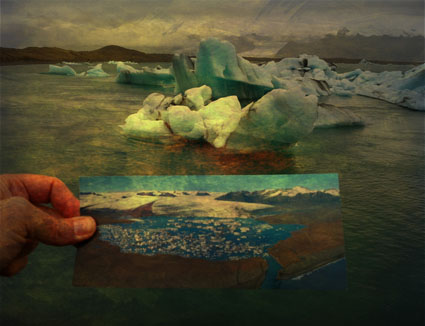
I often like to use props to make photographs. One of my favorite props to use is images. Photographing other images, in many cases, photographing other photographs, adds layers of complexity and offers many poetic opportunities. Images ask you to look and to look in certain ways. Two images ask you to look and look again and to look in multiple ways. I find this extremely stimulating. Making images with other images in them can be a fantastic creative wellspring.
Here’s a selection of images with postcards in them that I made during my 2011 Iceland workshop.
Find out about my 2012 Iceland digital photography workshop here.
Read More